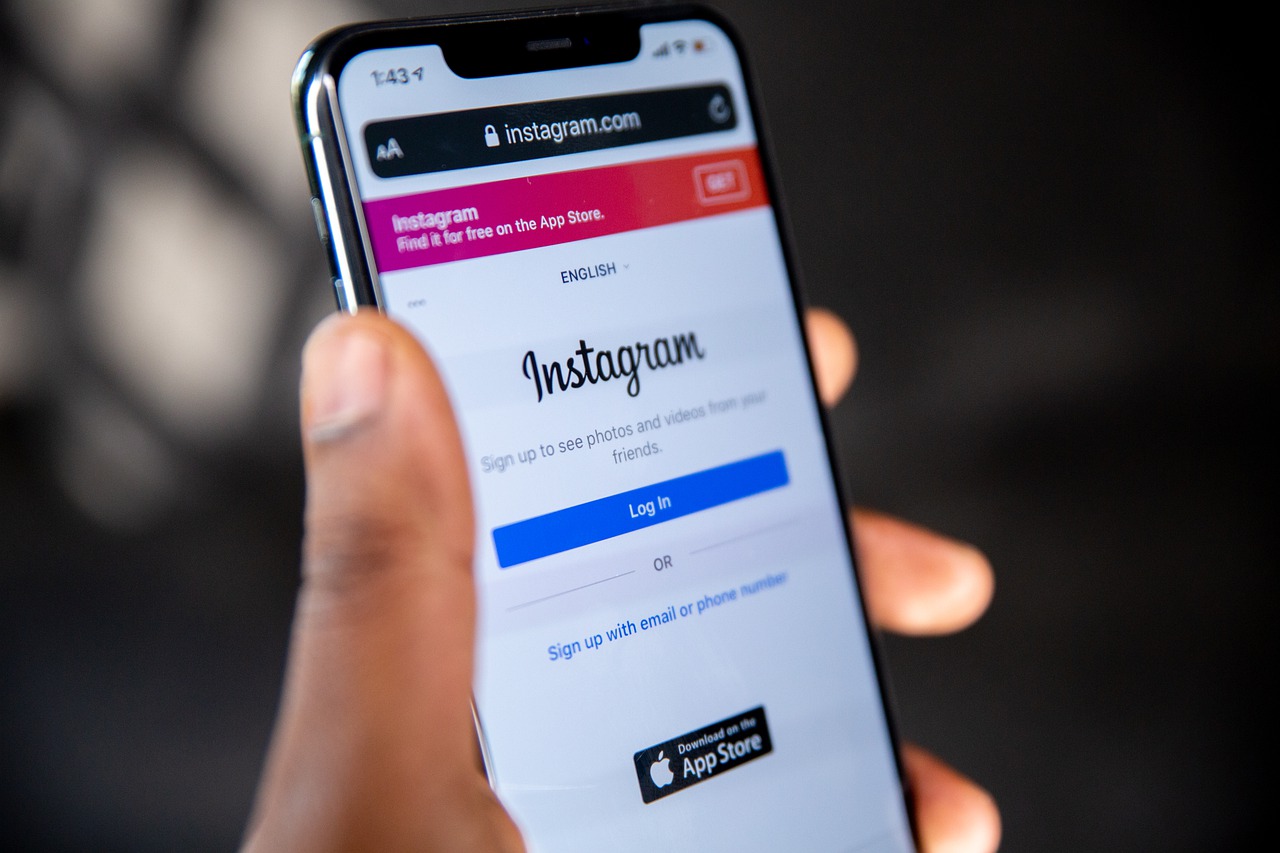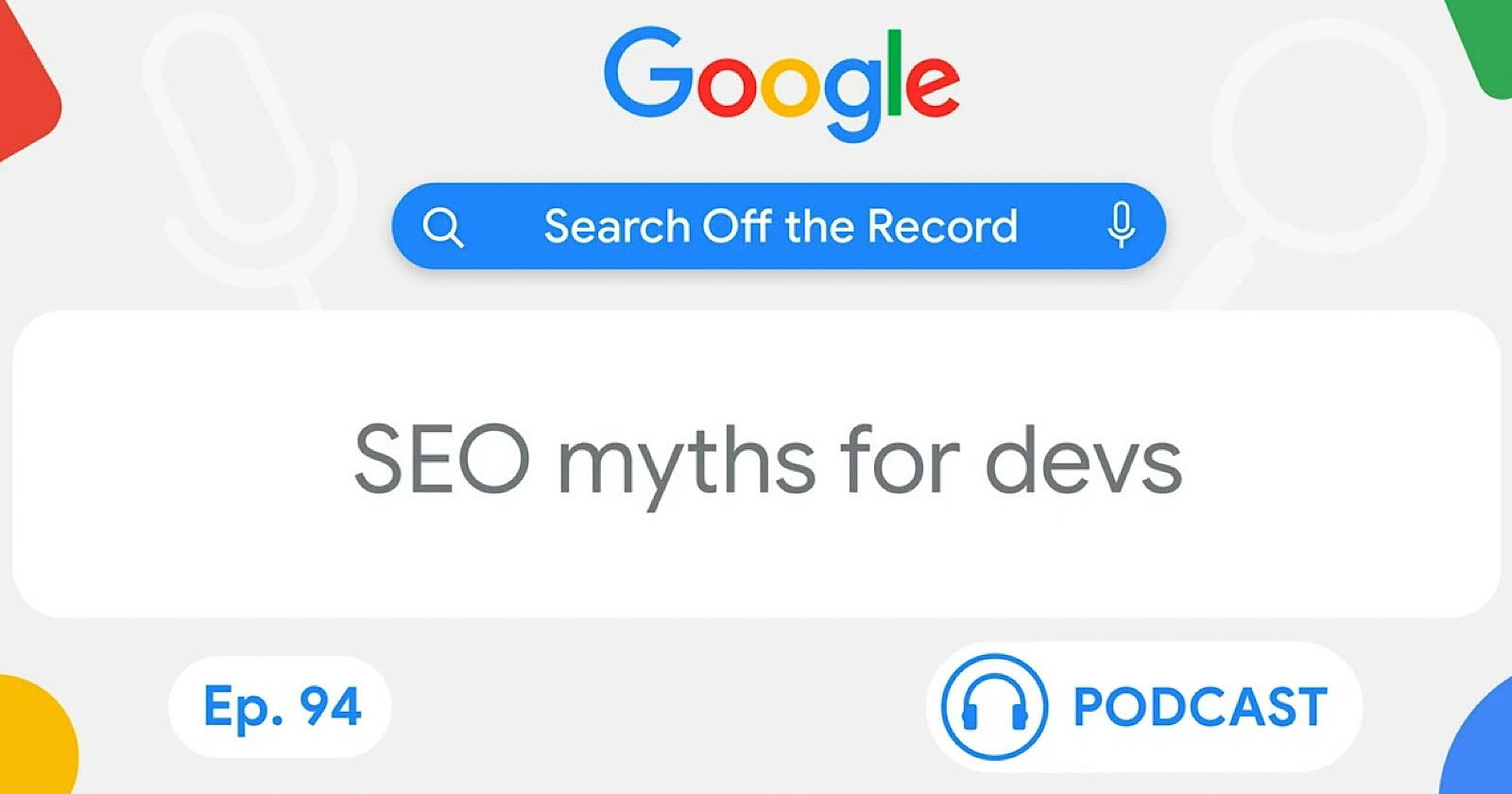Should You Use A Blog Or Email Marketing For Your Travel Brand? via @sejournal, @seo_travel
Both email marketing and blog content creation have their merits. In this post, we examine the two approaches with several different factors in mind. The post Should You Use A Blog Or Email Marketing For Your Travel Brand? appeared...

Less than five years ago, starting a blog was a huge marketing focus in the travel community.
Not only did the SEO bonuses have a lot of appeal, but travel blogging was also an incredibly popular format that promised a large target audience if you found the right niche.
While the majority of travel blogs are still going strong, email marketing has been having a moment in the last few years as well.
With its low cost, high ROI, and simple method of keeping customers engaged, questions have recently surfaced about whether sharing content via email is better than posting it to a blog.
First things first: This isn’t a post comparing the two approaches to crown an overall winner.
Blog content creation and email marketing are two pretty different types of content, and both have their benefits.
However, if you’re a new travel brand wondering which format to focus on, or want to change your marketing strategy by pouring more resources into an approach, it’s definitely worth examining each with several different factors in mind.
This post will help you do just that.
The Benefits Of Blog Content
Blogging is a format that has been around for decades now.
Whether you’re a large travel brand with a blog on your website or a dedicated travel enthusiast running a blog to share your stories, there are plenty of benefits to this kind of content.
The first benefit is more applicable to brands with websites offering a product or service. Having a blog is a brilliant way of driving more traffic to your site and reaching potential customers that may not have been affected by traditional advertising material.
On average, companies with a blog see 55% more website visitors than those who don’t, so there’s massive potential for growing your customer base.
From an SEO perspective, having a blog that you regularly update with new content can do wonders for how well your website ranks on search engines.
Not only can you increase traffic by producing content that targets longtail keywords, but having a blog also helps indexation supports rankings of your commercial pages.
A blog can also be a really useful tool in link building, which again helps to boost your website’s ranking.
Blog content can help establish your brand as a source of authority in your industry. By consistently sharing valuable and engaging insight, you’ll gain a reputation for being a reliable source of information.
This will lead to greater brand awareness and help to grow your customer base.
Finally, when it comes to brand image, blog content is one of the best ways to establish a “voice” and a tone that your audience will recognize.
Regularly sharing new posts on your travel blog that all embody your brand values will help improve recognition and strengthen your image, particularly if this tone is reflected across all your other marketing channels.
The Benefits Of Email Marketing
Email marketing has as many benefits as writing blog content, whether sending regular newsletters, moving potential customers down the buyer funnel, keeping in touch with existing customers, or increasing engagement among your target audience.
More commercial brands tend to use email marketing to promote products and offers, but email marketing is often another channel for sharing content and communicating with customers in the travel industry.
One of the biggest benefits of email marketing is that it’s a pretty low-cost strategy, which is ideal if you’re a relatively small business or a travel blogger working on your own.
You can also run campaigns without too much effort if you’re willing to put in the work at the beginning, making this approach quite simple to carry out even without much experience.
A key benefit often mentioned with email marketing is its impressive return on investment (ROI).
Exact figures will differ depending on your industry and the type of campaign but, on average, brands can make around $36 for every $1 spent on email marketing, which is an impressive statistic.
The nature of email marketing means that recipients of your content have to provide their contact details to join your mailing list, which means that everyone reading your content is already interested in what you share.
This means your audience is much more engaged with your content than any other channel, leading to greater levels of interaction and more successful conversion.
Another benefit is that uninterested recipients can opt out, so you won’t waste time or resources pitching your content to people who won’t engage with it.
Engagement is a general benefit of email marketing, both with existing and potential customers.
When you send out email content, you’re delivering (sometimes personalized) messages right into your audience’s inboxes, which means they’re much more likely to interact with this content than any of your other marketing efforts and will feel closer to your brand because of it.
Sending out regular email content can be very useful for travel brands that want to keep their offering in front of their audience’s minds.
When potential customers decide they want to book a holiday, for example, that brand’s website is where they go first.
Email marketing ensures that you maintain regular contact with your audience and builds up a relationship with this communication that will hopefully lead to customers thinking of your brand independently and increasing conversion rates.
Finally, another of the key benefits of email marketing is that it’s a brilliant channel for distributing personalized content.
80% of consumers have said that they are more likely to make purchases from brands that offer personalized experiences, so tailoring your emails and providing your mailing list with relevant content means that you’re much more likely to grow your audience.
Audience Engagement
Trying to pit email marketing and blog content against one another is unproductive. The two approaches have very different intentions and are often used together as part of a wider marketing strategy.
However, one area of overlap between the two is audience engagement, which provides some interesting points of comparison to investigate.
Engagement is an essential part of customer experience, and good customer experience is the key to a positive brand image, repeat customers, and business growth.
Today’s consumers have more choices than ever regarding their content and the brands they support.
The travel industry is a sector where competition is particularly fierce, so engagement is something that almost every brand strives to improve.
Travel blog content can improve audience engagement if you take the time to craft interesting, emotive, and valuable content that your audience is genuinely excited to read.
Once a reader is on your site, use banners and calls to action to get them to engage with other blog posts and landing pages, establishing your brand more firmly in their mind, and hopefully starting to move down the buyer funnel toward booking.
However, you need to get interested readers arriving on your blog in the first place.
And if they don’t make a purchase or inquiry on their first visit, you need to make a strong enough impression that they’re going to come back to your blog of their own accord and read more of the content on there.
That’s one hell of a challenge.
The state of the world we live in today means that brands aren’t only competing with one another for the attention of potential customers. They’re also competing to fill the limited amount of time that modern consumers have each day to read and engage with new content.
Most people don’t have the time to seek out new things to consume; they want the content to arrive at their fingertips to instantly engage without too much effort.
This is where email marketing comes into its own.
Blogging certainly had its heyday and remains a very valuable channel that isn’t going anywhere soon.
But to catch your customer’s attention while they’re commuting, boiling the kettle, or scrolling before bed, reading an email that is already in their inbox containing a curated selection of stories, ideas, and further reading will be a clear first choice over seeking out a blog post to engage with instead.
Is there still a place for blogs that regularly post long-form content for their audience?
Of course!
But with attention spans dwindling, device separation anxiety growing, and the desire for instant gratification higher than ever, email marketing has plenty going for it that makes it the perfect format for reaching and engaging today’s consumer.
When Should You Create Blog Content?
As outlined at the start of this article, there’s no “winner” when comparing blogging with email marketing.
There are plenty of instances where creating blog content is the best choice in a travel marketing strategy, which we have listed below.
You can produce large amounts of content. Your target audience enjoys engaging with long-form, informational content. You are skilled at writing content that keeps the reader engaged, emotionally resonates with them, and helps transport them from the present moment. You already have an established blog with some repeat readers. You are a travel brand that values sharing unique advice and insight as much as you value bookings. You are targeting longtail keyword phrases as part of an SEO strategy. You are looking to increase the amount of traffic coming to your website. You want to establish your brand as a thought leader or reliable source of advice in your sector.When Should You Create Email Content?
Some factors indicate that creating email content like a newsletter or regular “round up” would be the best approach.
You have limited content writing resources which means producing short email newsletters is more manageable. You have a limited budget for building out your marketing strategy. You have a knack for writing shorter, instantly engaging pieces of content. You want to develop a sense of “community” between your customers and build closer relationships with them. You already have a good amount of content on your website that you can share. You are looking for ways to move more potential customers down the buyer funnel.The Best Way Forward
If possible, the best way forward is to dedicate time to developing both blog content and email content as part of your wider marketing strategy.
Email marketing can take various forms, from automated messages reminding customers what they viewed on a website to more personal messages from brands sharing stories, insight, and advice.
Many brand newsletters include links to the content on their blog, which is a fantastic way to link these two approaches together and encourage more website traffic while also appealing to the customer’s need for instant, easily consumable content.
The best way forward is to combine your approaches and use both blogging and email marketing in an integrated way.
Begin by focusing on creating engaging, evergreen blog content. Once you’ve reached a good stock of content, shift your focus more to email, where you can use that content to build community and engagement more actively.
If you’re an established travel brand it’s likely you already have both of these techniques in your marketing strategy.
In this case, it’s worth considering the impact your email content can have on customer engagement and whether you could adapt the content you send out to improve this while also keeping your blog updated and linking back to these new posts in your emails.
If you’re a new brand developing a marketing strategy, consider the conditions above and decide where you want to focus your efforts depending on your goals and capacity.
As this post has highlighted, both email marketing and blog content creation have their merits. Both are incredibly useful methods that travel businesses can use to establish a recognizable brand image and engage their audience.
Instead of crowning a victor between the two, consider the value that each of these formats has to today’s consumers and adapt your offering accordingly to get the best possible results.
More resources:
Content Repurposing for Travel Brands: A Complete Guide 5 Tips For More Engaging & Impactful Branded Travel Content Perfectly Optimized Content From Start To FinishFeatured Image: ra2 studio/Shutterstock

 JaneWalter
JaneWalter 
































